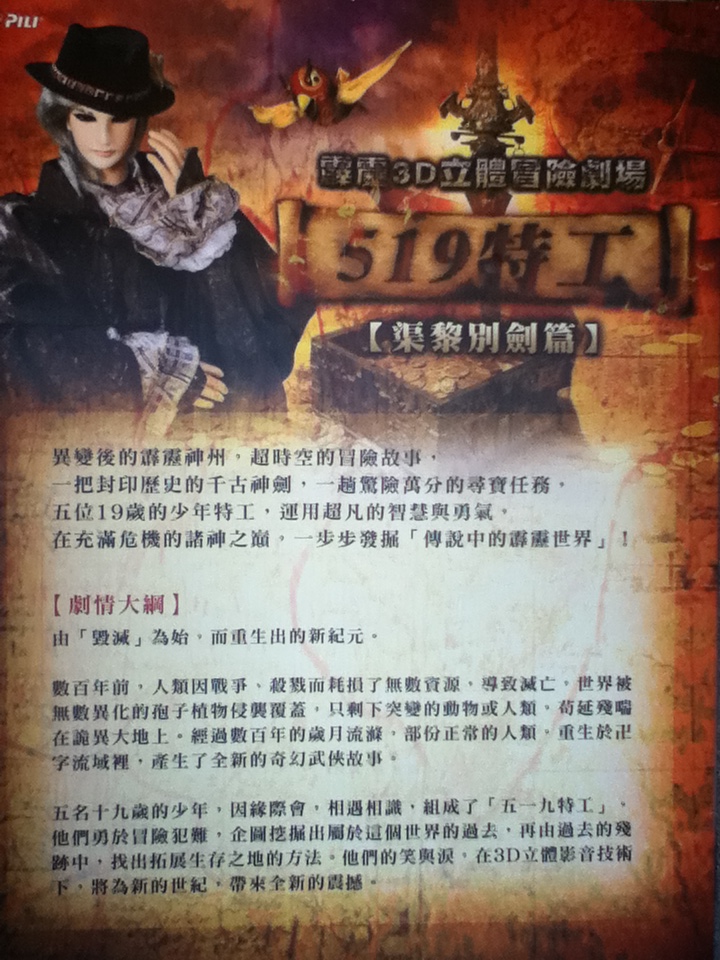(Nontopical life update: Current 18.06 homework status: 34% (mildly
screwed, probably won’t finish before I leave my cozy home for the U.S.
and I usually struggle to get into the mood for homework while
traveling, but I guess I’ll have to))
![[18.06 status panel: 34%]](/img/18-06-1.png?w=296) (I’ve been spending most of my uptime doing said homework and running
errands, and my downtime catching up on Last Week Tonight with
John Oliver while farming the Flight Rising Coliseum. And, okay,
making the above status panel.
Live
version here courtesy of Dropbox’s Public folder. No regrets.)
(I’ve been spending most of my uptime doing said homework and running
errands, and my downtime catching up on Last Week Tonight with
John Oliver while farming the Flight Rising Coliseum. And, okay,
making the above status panel.
Live
version here courtesy of Dropbox’s Public folder. No regrets.)
Day 3 (Excursions)
Morning routine snipped. We come to the middle school again to eat
breakfast and gather; the contestants will be taking their tests here
(accompanied by one bottle of “Buff” energy drink each) while the rest
of us will be going on an excursion. Before this happens, though, two
Taiwanese contestants ask me and Hsin-Po some math problems. There’s a
geometry problem, which I fail to solve:
(paraphrased) In triangle △ABC, ∠A is 40° and ∠B is 60°. The angle
bisector of ∠A meets BC at D; E is on AB such that ∠ADE is 30°. Find
∠DEC.
Hsin-Po figures out that, once you guess (ROT13) gur bgure boivbhf
privna vf nyfb na natyr ovfrpgbe naq gurl vagrefrpg ng gur vapragre, lbh
pna cebir vg ol pbafgehpgvat gur vapragre naq fubjvat sebz gur tvira
natyr gung gurl vaqrrq pbvapvqr. Then, there’s a
combinatorics problem in a book with a solution that they’re not sure
about:
Shamelessly getting unfinished business out of the way. Yup, that’s
me.
Excursion Day 1. We traveled down to Yilan on a bus. I played
guess-it with Paul.
I was quite surprised at myself for remembering this game, but I think
it’s simple and little-known enough to be worth mentioning. Guess-it is
a remarkably pure game of luck and bluffing from one of Martin Gardner’s
columns, played with a small odd number of cards, e.g. the 13 cards of
one poker suit. The cards are dealt evenly to players (who can look at
them) with one card left over, which is kept face down; players take
turns choosing one of two actions:
-
Name a card and ask the other player if he or she has it. These
questions must be answered honestly.
-
Guess the left-over card. The guesser wins if correct; the other player
wins if not.
Guess-it is not trivial because sometimes you should ask the other
player if he or she has a card that you already see in your hand;
otherwise whenever you answered “no” to a query you’d immediately guess
that the asked card is the hidden one. It is actually a solved game in
the sense that the probabilities of the Nash equilibrium strategy for
when to guess and when to bluff have been worked out already, but
they’re not simple probabilities by any means and humans are terrible
randomizers anyway. A few rounds of it sure beats rock-paper-scissors. I
was very amused to lose almost all our games with 11 cards but win
almost all of our games with 13.
Okay, no more gratuitous narrative excursions into game-theory. The
first stop, National Center for Traditional Arts, was a very laid-back
culture place with old-fashioned retro shops and streets.
We watched a 3D glove puppetry (布袋戲) video, in the same session as
a lot of the leaders.

![[18.06 status panel: 34%]](/img/18-06-1.png?w=296) (I’ve been spending most of my uptime doing said homework and running
errands, and my downtime catching up on Last Week Tonight with
John Oliver while farming the Flight Rising Coliseum. And, okay,
making the above status panel.
Live
version here courtesy of Dropbox’s Public folder. No regrets.)
(I’ve been spending most of my uptime doing said homework and running
errands, and my downtime catching up on Last Week Tonight with
John Oliver while farming the Flight Rising Coliseum. And, okay,
making the above status panel.
Live
version here courtesy of Dropbox’s Public folder. No regrets.)